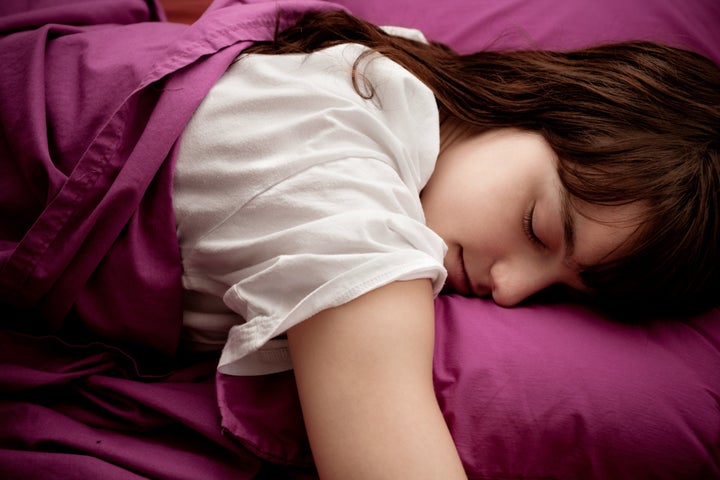Teenagers who sleep for just four hours a night are three times more likely to drive drunk and engage in "reckless" behaviour, a study has found.
Those who sleep for five or six hours a night, were also twice as likely to be a passenger to a drunk driver, compared to kids who slept nine hours.
The Center for Disease Control and Prevention (CDC) analysed survey results of more than 50,000 students aged 14 to 17.
"I thought the results were really, really surprising and just really worrying," the study's lead author, Anne Wheaton of the Centers for Disease Control and Prevention said.

The teenagers surveyed were asked how long they slept on an average school night and the frequency of injury-prone behaviours.
These included whether they wore a seat belt, if they wore a cycle helmet, if they'd been in a car with someone who had been drinking and if they text or email while driving.
Overall, those who had less than seven hours sleep on a school night were more likely to report "reckless behaviours", the study found.
"The failure of most high school students to get sufficient sleep may put them at increased risk for unintentional injuries," Wheaton added, according to CBS News.
"Infrequent seatbelt use and riding with a driver who had been drinking both increase the risk of injury, even when the sleepy student is not the driver."
However, the authors said the study only found a correlational relationship between lack of sleep and risky behaviours and did not show cause and effect.
"Some of the connection could be coincidental," Wheaton added.
The authors estimated 70% of the teens were getting too little sleep, defined as being fewer than seven hours.
The authors advised parents to keep children away from technology before bed.
"Parents can help by setting bedtimes and limiting when and where (not in their bedrooms) their teenagers can use electronic devices," they advised.
"Poor sleep quality might result from poor sleep hygiene, a bad sleep environment (e.g., too warm, too noisy, or phones in the bedroom), or a sleep disorder."